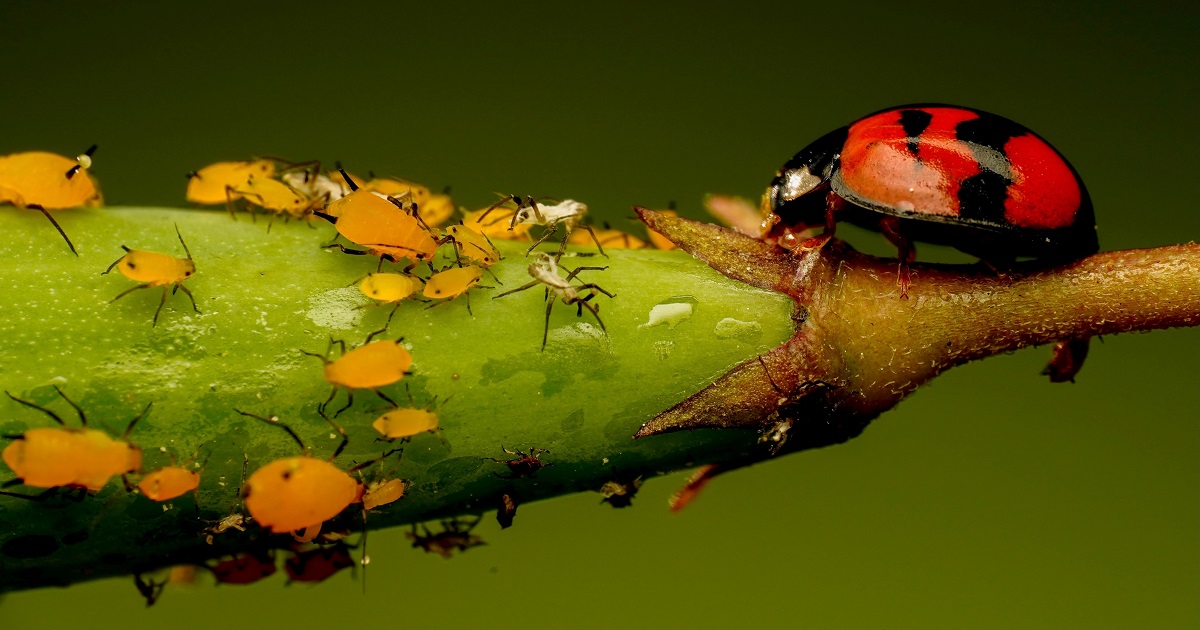- 2.9Impact Factor
- 5.6CiteScore
- 19 daysTime to First Decision
Invasive Arthropod Pests - Volume II
Special Issue Information
Dear Colleagues,
Invasive arthropod pests currently constitute a significant threat to food and fiber production and environmental sustainability. Several scientific disciplines synergistically contribute to advancing the understanding of arthropod invasions. The goal of this Second Special Volume is to provide the forum to discuss integrated, strategic, and front-line approaches to predict the potential for invasion (arrival) of, prevent the establishment of (eradication), or manage invasive arthropod pests.
For this issue, we invite authors to present proactive approaches to confronting invasive arthropod pests. We expect this volume to increase awareness of invasive species diversity, the suite of mechanisms and traits that allow them to successfully invade, and the scope of methods employed in their studies. It is essential to identify and evaluate the advantages and pitfalls of the current utilized approaches as well as investigator biases in their selection which could lead to delays in response and irreparable ecosystem damage. Certainly, more scientific expertise is needed globally for method development and integration of efforts to mitigate the negative impacts associated with growing cases of invasions and the subsequent degradation of ecosystems. This work will underscore the necessary skill set of the next generation of entomologists and ecologists facing the challenge of invasive arthropods while identifying common knowledge gaps and opportunities for collaborative research.
Prof. Dr. Jose Carlos Verle Rodrigues
Prof. Dr. Patricia V. Pietrantonio
Guest Editors
Manuscript Submission Information
Manuscripts should be submitted online at www.mdpi.com by registering and logging in to this website. Once you are registered, click here to go to the submission form. Manuscripts can be submitted until the deadline. All submissions that pass pre-check are peer-reviewed. Accepted papers will be published continuously in the journal (as soon as accepted) and will be listed together on the special issue website. Research articles, review articles as well as short communications are invited. For planned papers, a title and short abstract (about 100 words) can be sent to the Editorial Office for announcement on this website.
Submitted manuscripts should not have been published previously, nor be under consideration for publication elsewhere (except conference proceedings papers). All manuscripts are thoroughly refereed through a single-blind peer-review process. A guide for authors and other relevant information for submission of manuscripts is available on the Instructions for Authors page. Insects is an international peer-reviewed open access monthly journal published by MDPI.
Please visit the Instructions for Authors page before submitting a manuscript. The Article Processing Charge (APC) for publication in this open access journal is 2600 CHF (Swiss Francs). Submitted papers should be well formatted and use good English. Authors may use MDPI's English editing service prior to publication or during author revisions.
Keywords
- invasive species
- biological invasions
- agroenvironmental pests
- migration
- behavior
- modeling
- population dynamics
- reproductive physiology
- chemical ecology
- biological control
- pheromones
- monitoring
- phenology
- phytosanitary novel technologies (RF, radiation, plasma)

Benefits of Publishing in a Special Issue
- Ease of navigation: Grouping papers by topic helps scholars navigate broad scope journals more efficiently.
- Greater discoverability: Special Issues support the reach and impact of scientific research. Articles in Special Issues are more discoverable and cited more frequently.
- Expansion of research network: Special Issues facilitate connections among authors, fostering scientific collaborations.
- External promotion: Articles in Special Issues are often promoted through the journal's social media, increasing their visibility.
- e-Book format: Special Issues with more than 10 articles can be published as dedicated e-books, ensuring wide and rapid dissemination.

